If sweltering summer heat and bitter winter chill are putting off your mood, a marvellous monsoon destination is just what the doctor prescribed. Monsoons can be a perfect time to travel, with the rain gods ‘literally’ showering their blessings and transforming the lands into an emerald paradise and returning the cities to their polished glory. The best part about the rainy months is that many destinations consider it an off-season and offer jaw-dropping discounts and lucrative packages that makes the whole experience just absolutely precious.
Below we have provided a list of the ideal getaways for the monsoon season.
Costa Rica
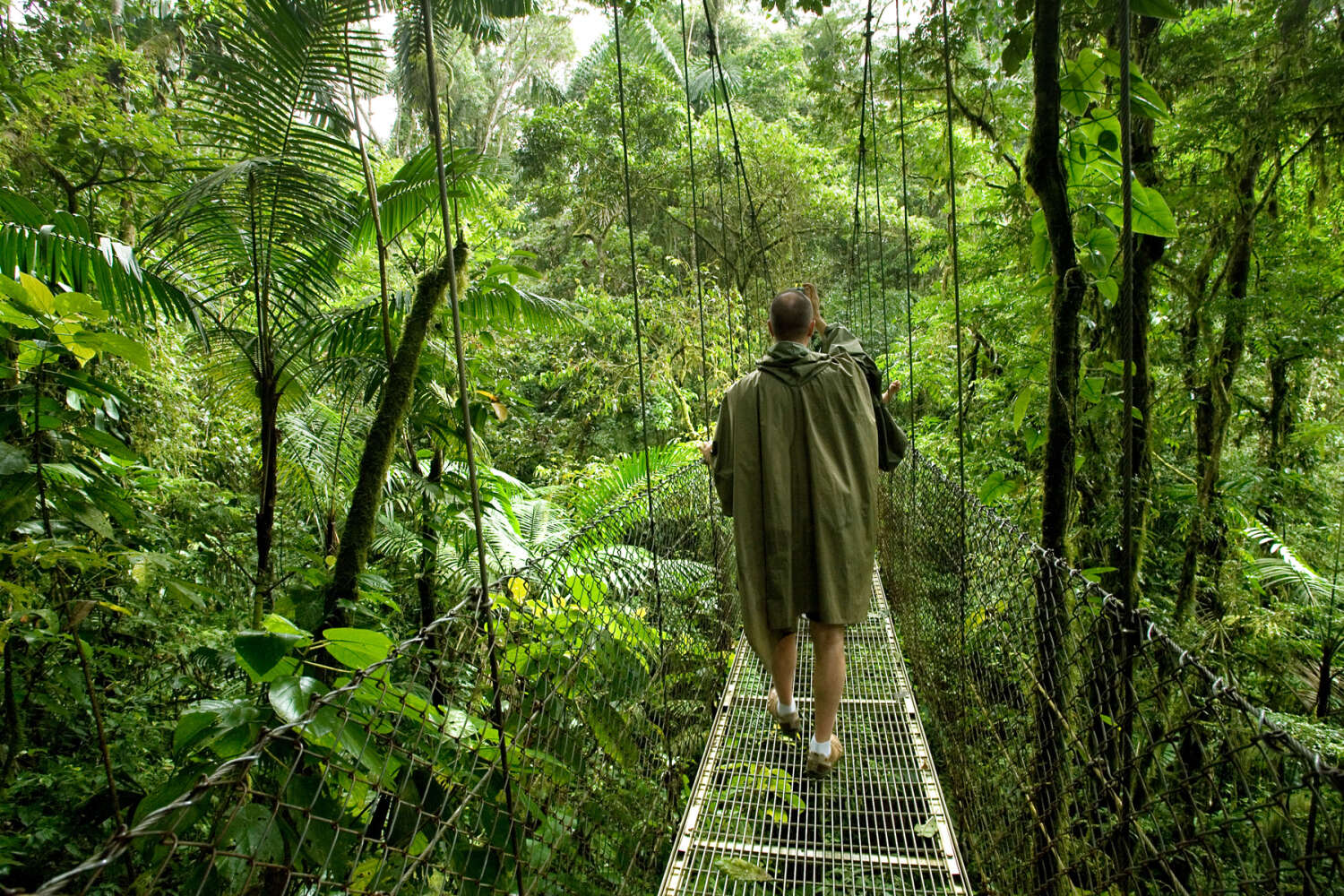
Rainy months: May to November
If you have a monsoon wish-list, make sure to add Costa Rica in that. With the forests acquiring a gorgeous lush look and the indigenous wildlife making their presence known, it feels as if the showers breath a new life into this stunning country. The other gems of this country, i.e., its enthralling beaches, also become a sight to behold as monsoon heralds.
Even though there have been instances of the rains being too torrential to handle, the locals would vouch for visiting this rainforest covered country in the monsoons. And why not? The weather becomes cooler, the rates get cheaper, and the crowds grow thinner. But most importantly, the scenery transforms into something outwardly with gushing waterfalls dotting the landscape and exhilarating volcanic peaks becoming more vivid as the storm clears.
Something more to do: If you are a wildlife enthusiast, then the town of Tortuguero would definitely get you sold. Also known as the ‘turtle place,’ this town in Costa Rica surges with sea turtles during the rainy season. With few tourists to interrupt, you can enjoy the memorable sight of tiny hatchlings embarking on a journey to the sea for the first time. For the adrenaline lovers out there, this country also offers opportunities for trekking and zip lining through the rainforest as the rain falls with gusto around you.
Keep in mind: The roads are pothole ridden which fill with rainwater, so be prepared to handle unexpected situations. Carrying waterproof equipment is a must. Like most tropical countries, the weather is mercurial here, with bright sunny weather rapidly transforming into overcast skies accompanied by the heavy downpour. Invest in high quality,100% waterproof raincoats, waterproof backpacks (primarily meant for tropical climates) and even a waterproof phone case, all of which you should buy before reaching Costa Rica, as you may not find quality stuff capable of withstanding heavy rain, locally here. Another critical fact to remember is that heavy rains and thunderstorms generally strike here at night, so plan your itinerary in such a way that travelling and other major activities are not left for the night, especially after 6 pm, which is the time when the sun sets.
Panama
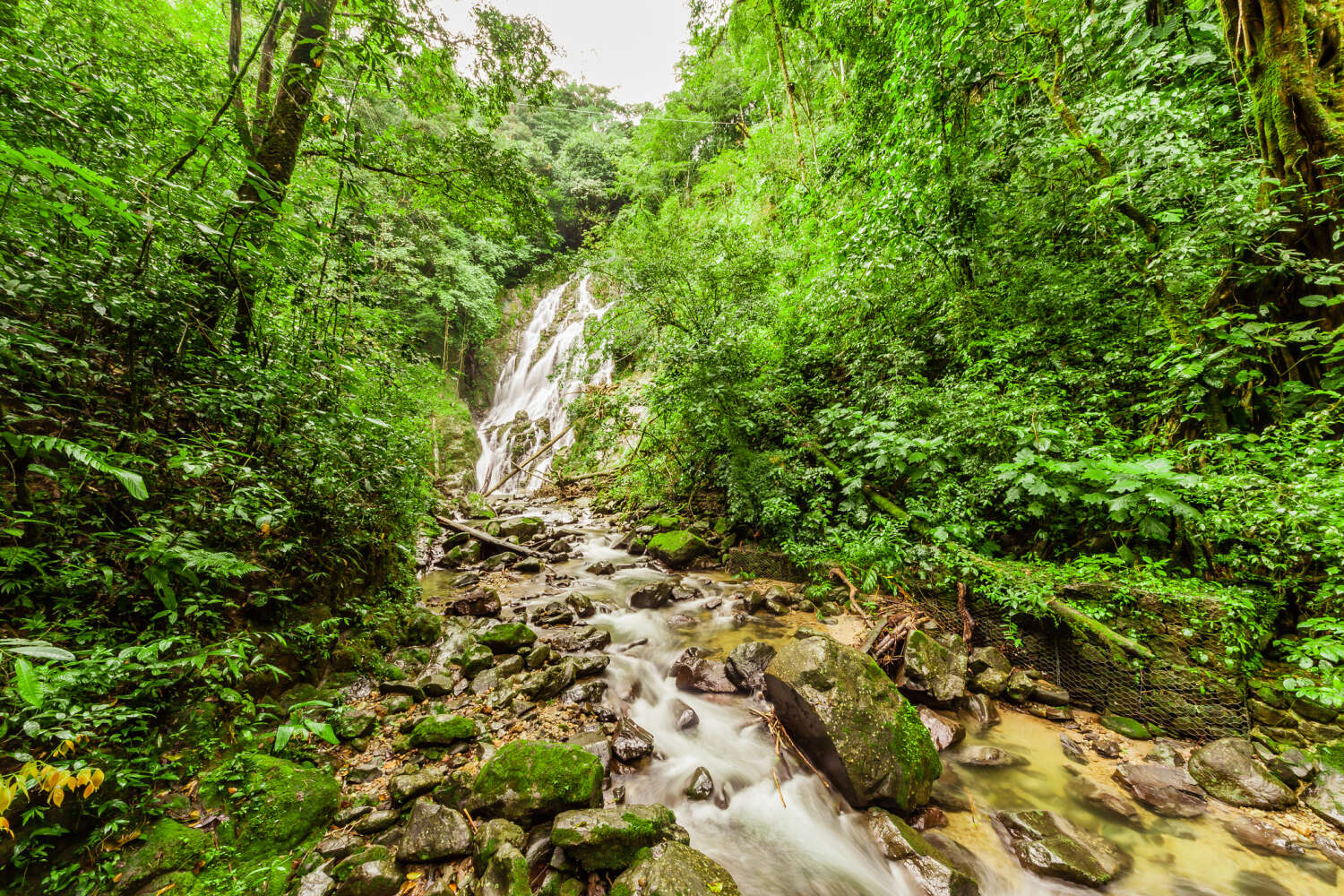
Rainy months: May to November
Even though the rainy season lasts almost seven months, the Panama sun god still rises and shines in all those months, blessing this country with almost 300 sunny mornings a year. Since almost 40% of their land is covered by rainforests, the whole scenery transforms into something out of a painting. The verdant foliage makes it an ideal opportunity for going on walks and treks across the famous national parks like Soberania National Park and many others. The best part is that some months like July and August are also low-price seasons, giving another incentive to visit this gorgeous country.
Something more to do: The beginning of May which sees the onset of the rainy season is also a month when Mangoes start blooming across the country. This will definitely add a feather to your travel cap as you get to enjoy luscious mangoes while revelling in the mesmerizing monsoon showers. Also keep your ears open for the mating call of the famous tropical bird, Toucan, and the croaks of the Asteroid frogs, which get especially distinctive during this season.
Keep in mind: Since a lot of the area is covered with dense vegetation, it is preferable to wear sturdy and covered clothes to protect you from the insects and bugs that become rampant in such an environment. Apart from those, remember to carry bug and mosquito repellents as the rainy season is a big time for mosquito breeding. Even though monsoon stays from all seven months from May with almost daily showers, the month of November is the worst. Not only it sees the most extreme rainfall but is also interspersed with the maximum national holidays, making it a time when most of the hotels get booked by locals and many businesses shut off for the holidays. So, to avoid unnecessary inconvenience, it would be the best not to visit Panama during the November month.
India
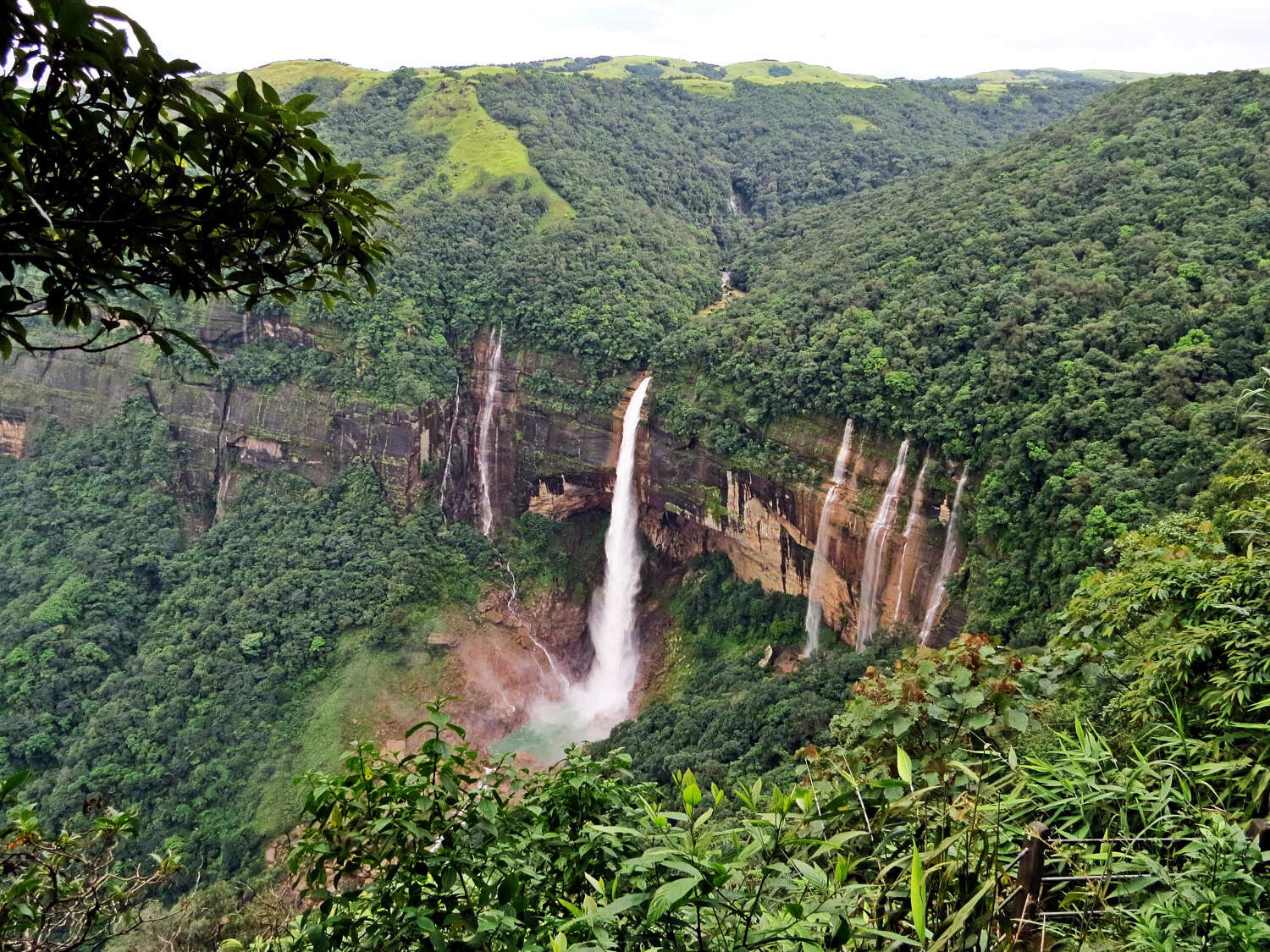
Rainy months: July to September
With such a diverse landscape, you could be sweating in one part of India and getting soaked in rain in another. With so many options, the north-east and the south of India would give you unforgettable experiences during the rainy season. In the south, one of the major monsoon attractions is Kodaikanal. Lovingly called the Princess of Hill Stations, Kodaikanal means the Gift of the Forest in the Tamil language as lush forests beautifully encompass it. Situated in the lap of the Palani hills of the Western Ghats, this gorgeous hill station becomes outwardly beautiful during the rainy season. Enchanting waterfalls, dazzling lakes, misty mountains, rain swept forests with the sun and clouds playing hide and seek are a common sight during the monsoon season.
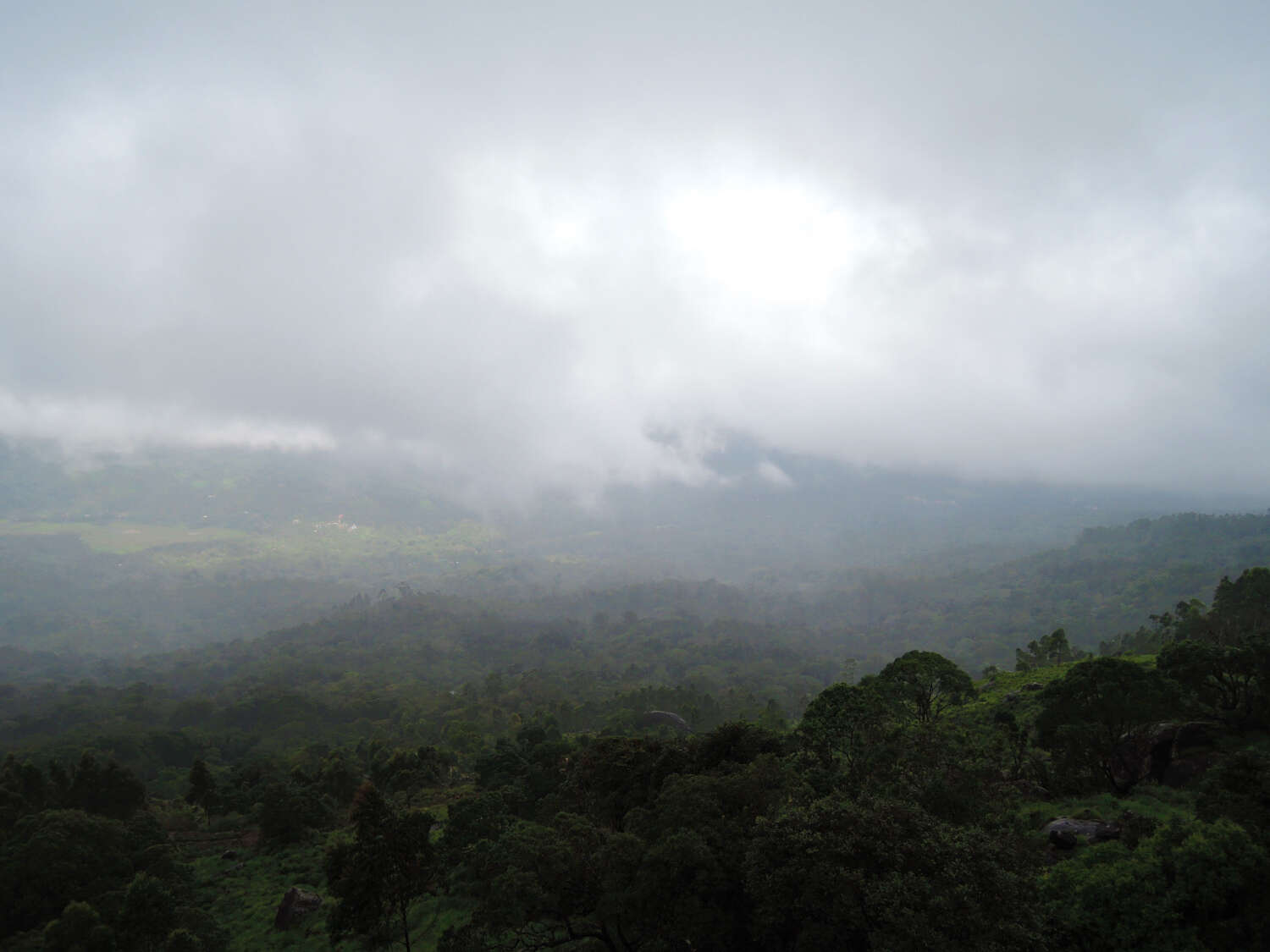
In the north-east, Cherrapunji is a must visit if you are an ardent lover of torrential rains, as this second wettest place on Earth is practically blessed with downpour throughout the year. The travel during the monsoons makes for a very thrilling trekking trip as clouds shroud the landscape in mystical whiteness, reducing the visibility to almost zero.
Something more to do: You should take the exhilarating walks on the double-decker living root bridges which are covered by rains and clouds throughout the year. Definitely check out the Mawsmai caves with limestone constructions if you are a mystery and history buff.
Keep in mind: Waterlogging can become a problem during the monsoons, so wear appropriate shoes (like rubber sandals, rubber boots, and flip-flops) and clothes (preferably made of synthetic materials) that can dry quickly and won't get damaged in the rain. Since this weather sees the maximum outbreaks of water and foodborne diseases like diarrhoea, cholera, typhoid, and dysentery, try to avoid outside water (carry your own water bottle) and street food during this season in India. All the rainy season paraphernalia like umbrella, raincoats and waterproof bags can also be bought in India at reasonable prices, so it is not customary to buy them beforehand.
Thailand
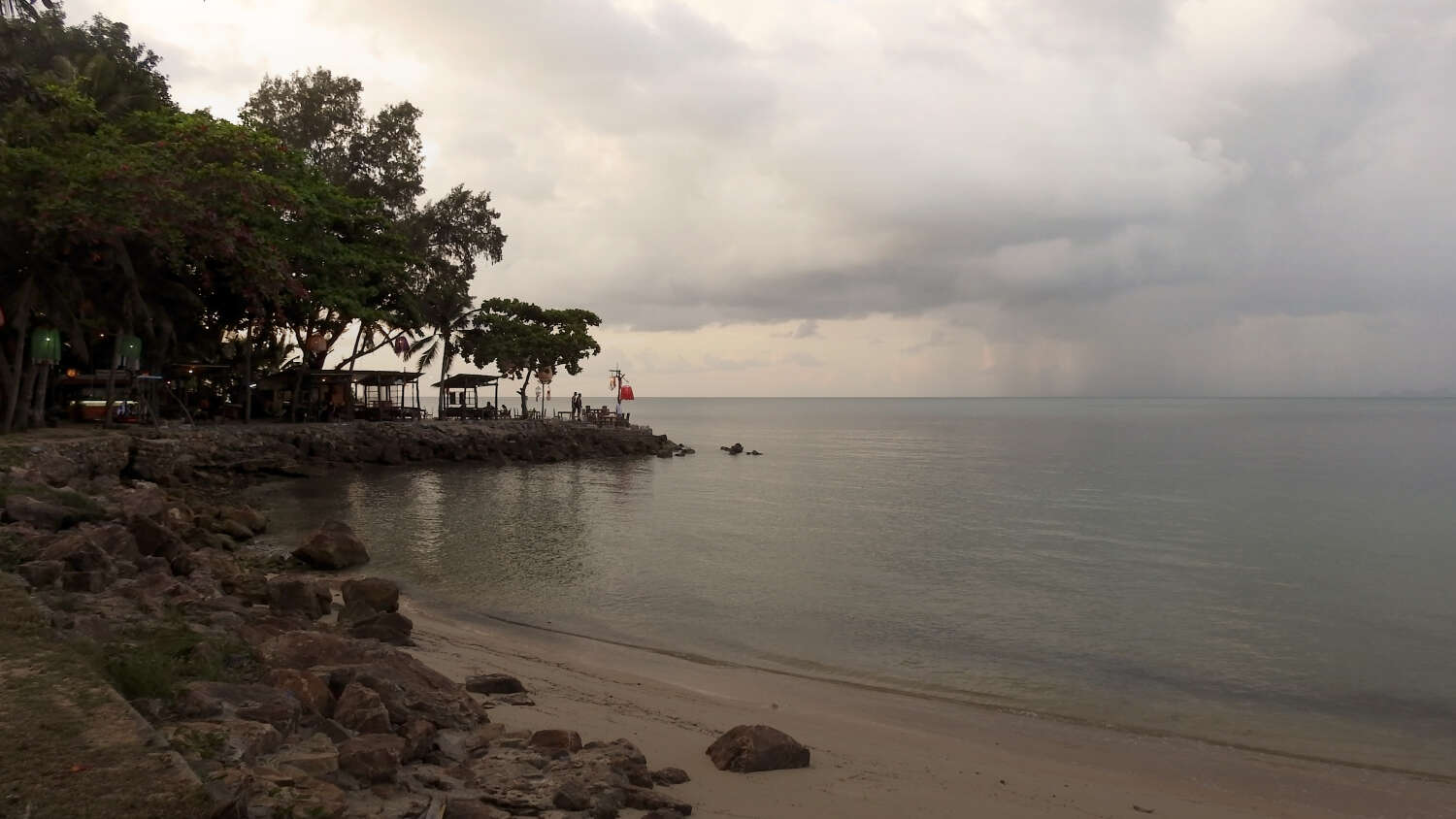
Rainy months: May to October in most Thailand, late October to mid-December in the islands
For many, this 50th largest country of the world is a must visit during monsoons, especially for the great discounts that are offered during the off-season. For those not wanting to travel to a rain-drenched Thailand, they should flock to the north and central part of the country for a much more enjoyable experience.
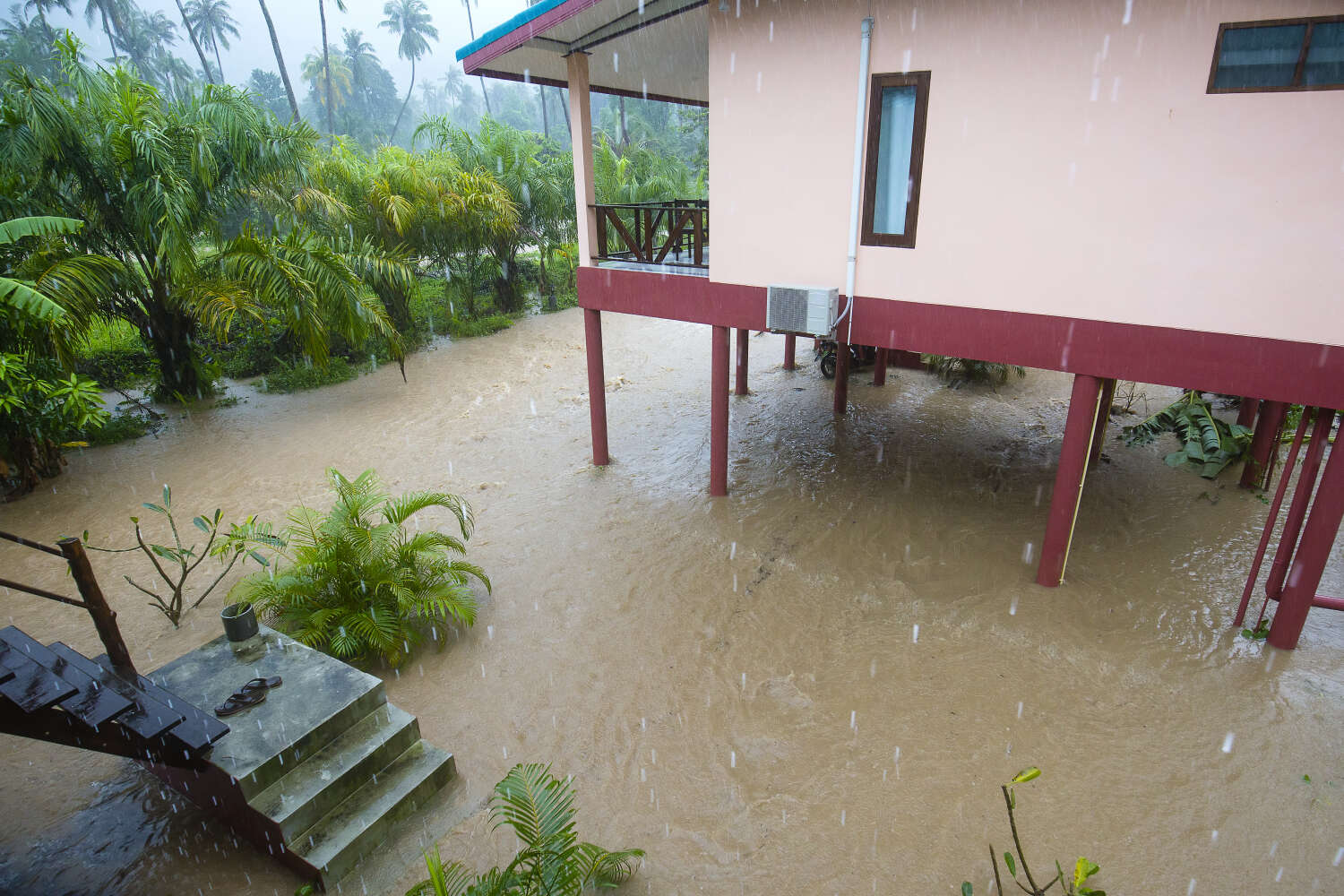
While most places in Thailand get heavy showers from May to October, the islands like Koh Phangan, Koh Tao, and Koh Samui feel the monsoon love during the months from late October to mid-December. These exotic islands boast some of the best beaches in Thailand, with laid back and peaceful days and crazy and boisterous nightlife during the less rainy days. When it rains, the beaches quieten down as strong breezes and choppy seas surround the island. But don’t get put-off as, during this offseason, the islands offer some unbelievable experiences. As the surrounding jungles get draped in verdant hues of green, you can get the opportunity of having a whole hotel floor to yourself with stunning beach views at too-good-to-be-true rates.
If you are itching to explore the city life when it rains, then head towards Bangkok. This city gets regular ablutions as the rain falls wholeheartedly washing away the dirt of the city. Miraculously, the city returns to its sun-kissed state as soon as the initial shafts of sunlight penetrate the city.
Something more to do: When getting miffed with the rains, take cover and indulge in a little bit of shopping therapy at the famous malls, including the humongous Terminal 21 mall, Central World, and MBK shopping mall. Take a tour through the exciting Siam Ocean World or enhance your culinary skills with the famous Thai cooking lessons.
Keep in mind: Swimming in beaches can be perilous during the rainy season as the waters become turbulent and see the most prevalence of jellyfishes during this time, some of which like the box jellyfish are quite dangerous. So, either don a long lycra bodysuit while entering the waters, or give the beaches a complete miss altogether. Similarly, leeches can emerge as a big nuisance during the rains, so cover your feet with good leech socks when going out while hiking and trekking in the forests. For avoiding getting bitten by mosquitos, which become quite rampant during this time, invest in long sleeved tops and covered pants and regularly apply mosquito repellants, particularly in the evenings.
Malaysia
Rainy months: November to February (East coast), May to October (West coast)
The best part about visiting Malaysia is that during the traditional monsoon season of Asia, the east coast of the country is bone dry, giving you the opportunity to indulge in its stunning beaches. When it's showering on the other side, you could enjoy diving, snorkelling or just swimming in the marvellous waters of the Perhentian and Redang islands of the east coast. You can also explore, trek and camp within the natural beauty of the Sarawak’s national parks.
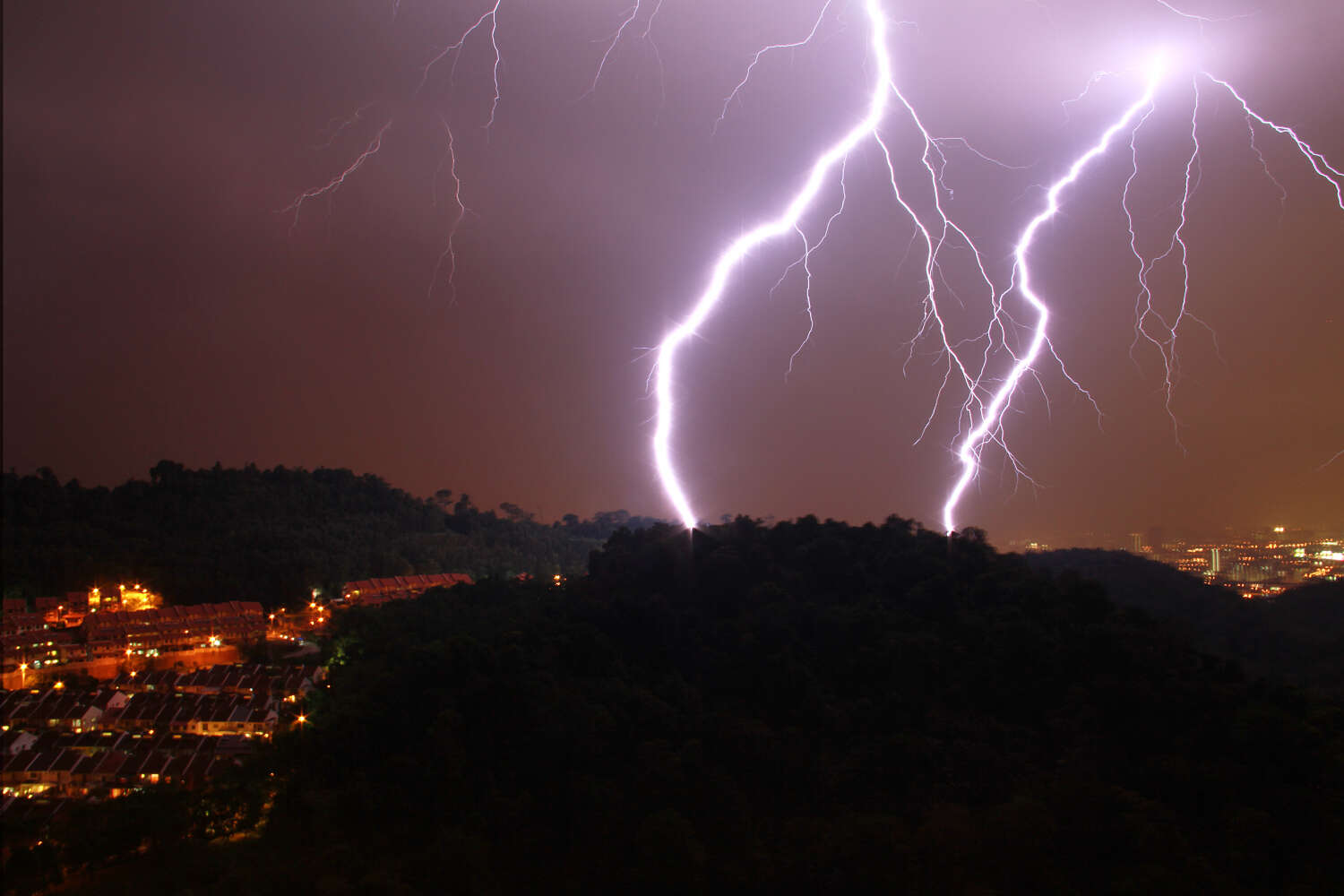
If you have planned to visit the west coast in monsoon, then be sure to visit Kuala Lumpur. This magnificent city gets shiny and pristine as the monsoon showers wash away the grime that coats the city in other seasons. The months from May to July are a lovely time for visiting this city. When you have your fill with the rains, you could take shelter and visit the famous Petronas Towers, Chinatown, the Menara KL Tower and the mysterious Batu Caves.
Something more to do: If your a nature lover, then you should visit the Gunung Gading National Park which is taken care by the Sarawak Forestry Corporation. This park is home to the world’s largest Rafflesia flowers which can weigh up to 22 pounds and grow up to 39 inches in diameter (as big as your coffee table). This flower is rarely found and getting a chance to see this would surely add the icing to your cake.
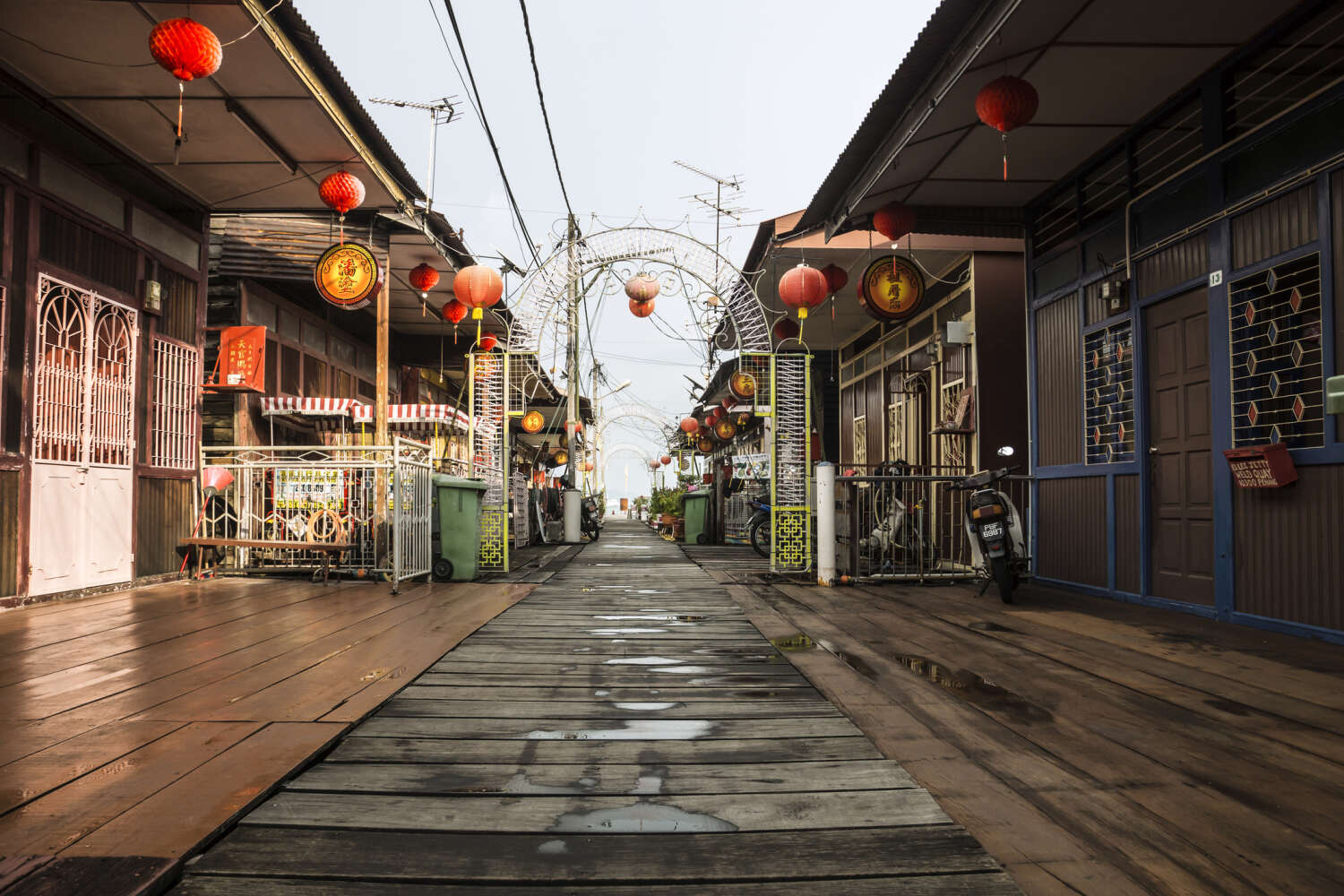
Keep in mind: If you are visiting the west coast areas like Kuala Lumpur and Penang, then take care always to carry an umbrella, good rain shoes/flip-flops, and clothes that would dry quickly. Cheap waterproof ponchos can also be bought from the local markets. Such paraphernalia is important as there are a lot of attractions on the west coast and you wouldn't want the rains to dampen your chance to visit them. For soothing your stomach during monsoons, be sure to indulge yourself with sumptuous and wholesome local cuisine of this country. Laksa, for instance, is a famous curry dish in Malaysia which is prepared with coconut milk and is savored for its tangy taste during the rainy season.

 Русский
Русский
 Deutsch
Deutsch
 Українська
Українська
 Español
Español
 Italiano
Italiano
 Français
Français
 Polski
Polski
 Čeština
Čeština
 Қазақ
Қазақ
